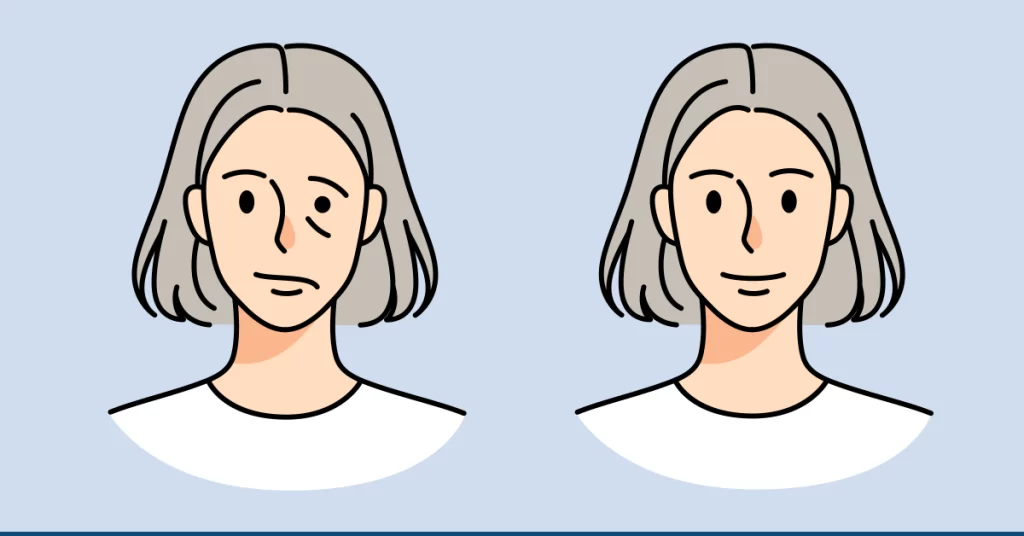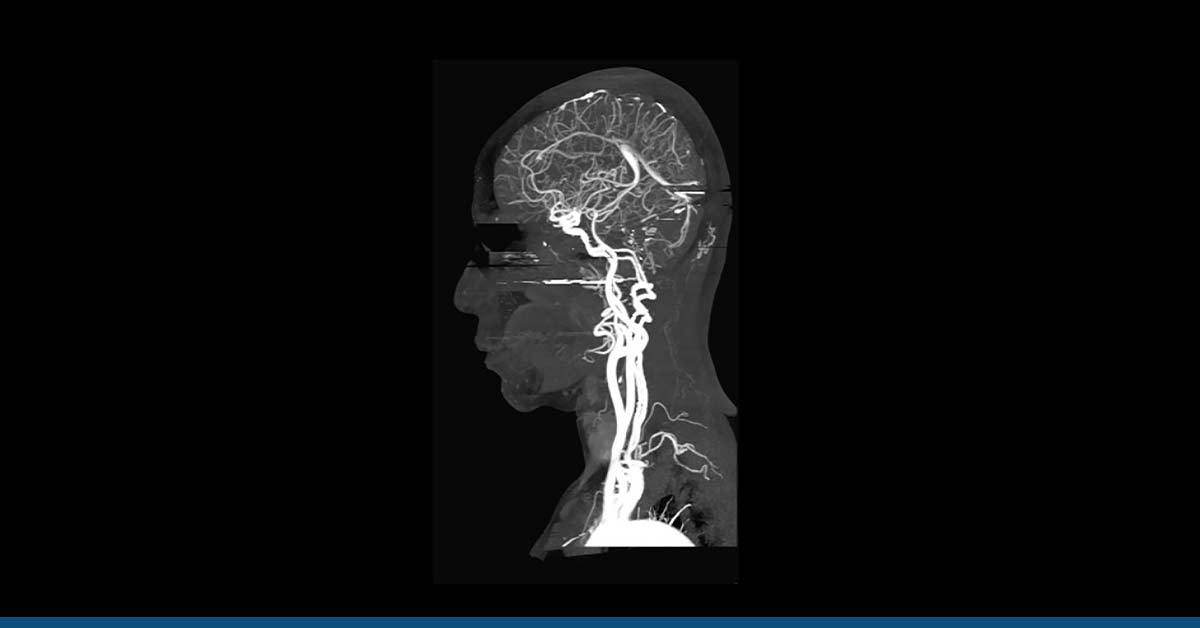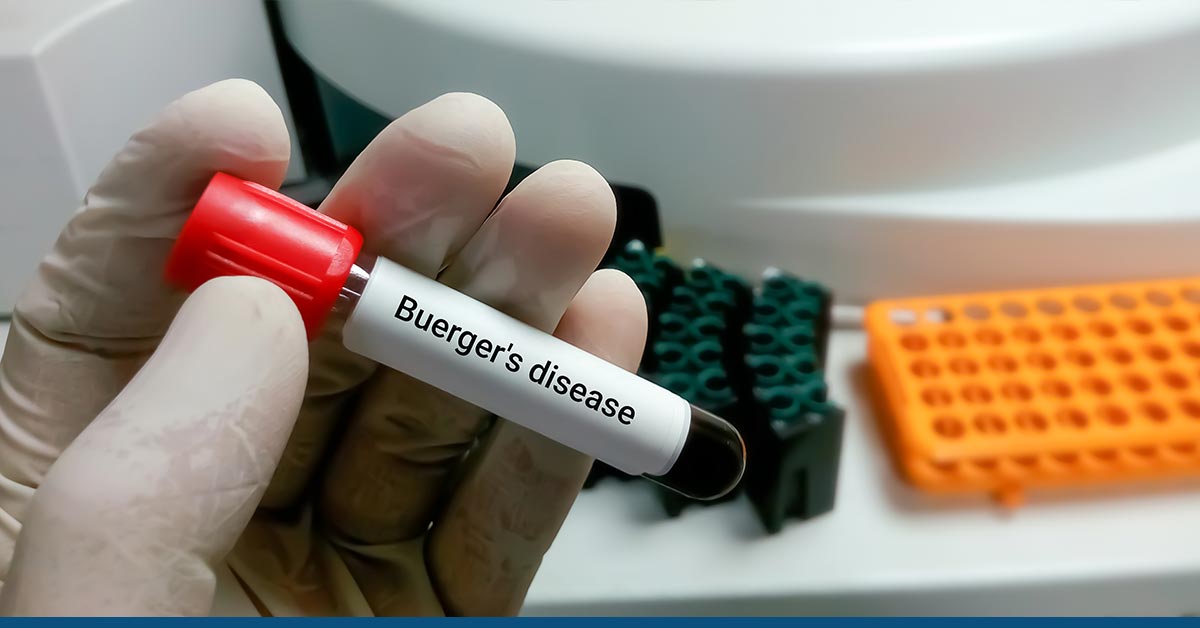Hemifacial spasm is a chronic disorder that causes the face to jerk uncontrollably.
A hemifacial spasm is a condition that affects only one-half of the face. Typically, a twitch around one eye is the initial indicator.
They can affect both genders. However, women aged 40 and above are more prone to spasms.
Even though hemifacial spasms cannot be cured, most patients can find relief from their symptoms through medication, injections, or surgery. You can also minimize the severity of the symptoms by getting sufficient rest and reducing your stress levels.
The present article discusses hemifacial spasm symptoms along with hemifacial spasm causes. Moreover, the article also sheds light on the hemifacial spasm treatment options.
Table of Contents
ToggleHemifacial Spasm
A spasm is the sudden and uncontrollable contraction of the muscle or group of muscles. Hemifacial refers to a condition that affects half of the face.
It is a disorder in which the facial muscles on one side, typically the left, contract in tics or twitches. The individual suffering from the spasms has little control over them, and they frequently occur during sleep.
These spasms are often painless and pose no significant health risks. In more severe cases, however, the eyes may remain tightly closed for a long time, which can be hazardous in situations such as driving.
The facial nerve enables the coordination of the facial muscles. A distinct nerve controls each side of the face. Before it reaches your face, it begins deep within your brain and passes through multiple systems.
The facial nerve receives messages from the brain instructing facial muscles to contract or relax. For instance, the facial nerve is responsible for causing the nose to twitch and the lips to pucker.
When a nerve is compressed along its course, it can alter the way impulses are transmitted to the face. The facial nerve, called the seventh cranial nerve, controls the facial muscles.
This nerve begins in the brainstem, exits the skull below the ear, and divides into five major branches. The facial nerve is predominantly a motor nerve that governs the movement of the eyes, mouth, and lips. The facial nerve is also located in the center of the head.
Hemifacial Spasm Symptoms
Eye twitching is frequently one of the initial hemifacial spasm symptoms. Eye twitches are rarely indicative of a serious health condition. It is typically the first sign of hemifacial spasm, which can also cause other facial muscles to twitch.
When hemifacial spasm causes twitches, one side of the mouth may move. Tics occur over an extended period. If you are stressed or exhausted, the spasms may worsen.
The first sign of a hemifacial spasm is uncontrollable twitching on one side of the face. When tired or under great stress, your muscles may twitch more frequently. Eyelid spasms can completely close your eye or cause you to cry. It can be a very negative outcome.
Over time, the facial twitching may worsen in the affected areas and spread to other parts of your face and body. The spasm may also impact the cervical region, the chin, and the jaw.
When you have a facial spasm on one side, it can sometimes spread to the other side’s muscles. You may experience spasms while sleeping. As your muscle spasms intensify, you may experience the following as the associated hemifacial spasm symptoms:
- Changes in your hearing ability
- Ringing in the ears (tinnitus)
- Ear pain, especially behind the ear
Hemifacial Spasm Causes
When facial nerves are compressed, hemifacial spasms can occur. Nerves are the organs in the body responsible for transmitting electrical impulses from one area to another. Your nervous system can be viewed as a network of electrical signals. Facial nerve injury is one of the hemifacial spasms causes.
Most face tics are triggered by a blood artery, a tube that transports blood throughout the body, pressing on a facial nerve. Noncancerous tumors in the head and neck that push on nerves are harmful and are one of the hemifacial spasms causes.
The facial nerve may be injured or compressed if you suffer a head or facial injury. It may result in spasms.
There are situations when the cause of the facial spasms is unclear. It is known as an idiopathic hemifacial spasm.
The hemifacial spasm can be brought on by:
- Anxiety
- Fatigue
- Stress
Multiple sclerosis (MS) can develop hemifacial spasm as one of its initial symptoms. The immune system of multiple sclerosis patients targets the central nervous system. It results in a variety of symptoms, including the hemifacial spasm.
The condition’s diagnosis includes reviewing the medical history following a neurological examination. Brain tumors, aneurysms, or arteriovenous malformation (AVM) could cause facial nerve compression. An MRI scan could determine it. A face EMG (electromyogram) study could be the next step. Electromyography (EMG) and nerve conduction velocity (NCV) tests are frequently performed when assessing the electrical activity of muscles and nerves.
Hemifacial Spasm Treatment
Botox Injections
Botox injections containing botulinum toxin are the most effective and widespread hemifacial spasm treatment options. Your physician will inject Botox into the afflicted muscles to prevent spasms and weaken them. For this treatment to be effective, it must be administered every few months.
Microvascular Decompression Surgery
Your physician may recommend microvascular decompression surgery if your disease is severe enough. During this hemifacial spasm treatment, your doctor will make an incision in the tough layer on top of your head to locate the blood artery compressing your facial nerve.
The doctor will insert a little sponge between the blood vessel and the nerve to relieve pressure on the nerve. This procedure is useful for reducing spasms but has various potential side effects; thus, it is only performed when Botox injections have failed to alleviate the symptoms.
Medications
In certain cases, hemifacial spasms can be treated with anticonvulsant medicines. These drugs are also beneficial in reducing lip muscle spasms as well. When spasms are minor or infrequent, these can occasionally be effective. These medications function by preventing the transmission of nerve impulses. It can be difficult to predict how the body will react to these medications, and it may take a few trials to determine the optimum dosage for you. You will have to take these medicines for a longer duration.
Conclusion
Hemifacial spasm is a chronic disorder that affects the nerves and muscles of the face. It is characterized by involuntary facial twitching on one side. The majority of symptoms and indicators start around the eyes and move lower. Although there is no known cure for this ailment, medical treatment, injections of botulinum toxin, or surgery may help alleviate symptoms.
If left untreated, they can be quite unpleasant, as they tend to worsen and become more obvious with time. It negatively impacts the quality of your life. You should see the physician in case you have symptoms.
Professionals at HG Analytics are here to assist you with expertise in screening and preventive wellness.
Please book your appointment now by filling out our form.





